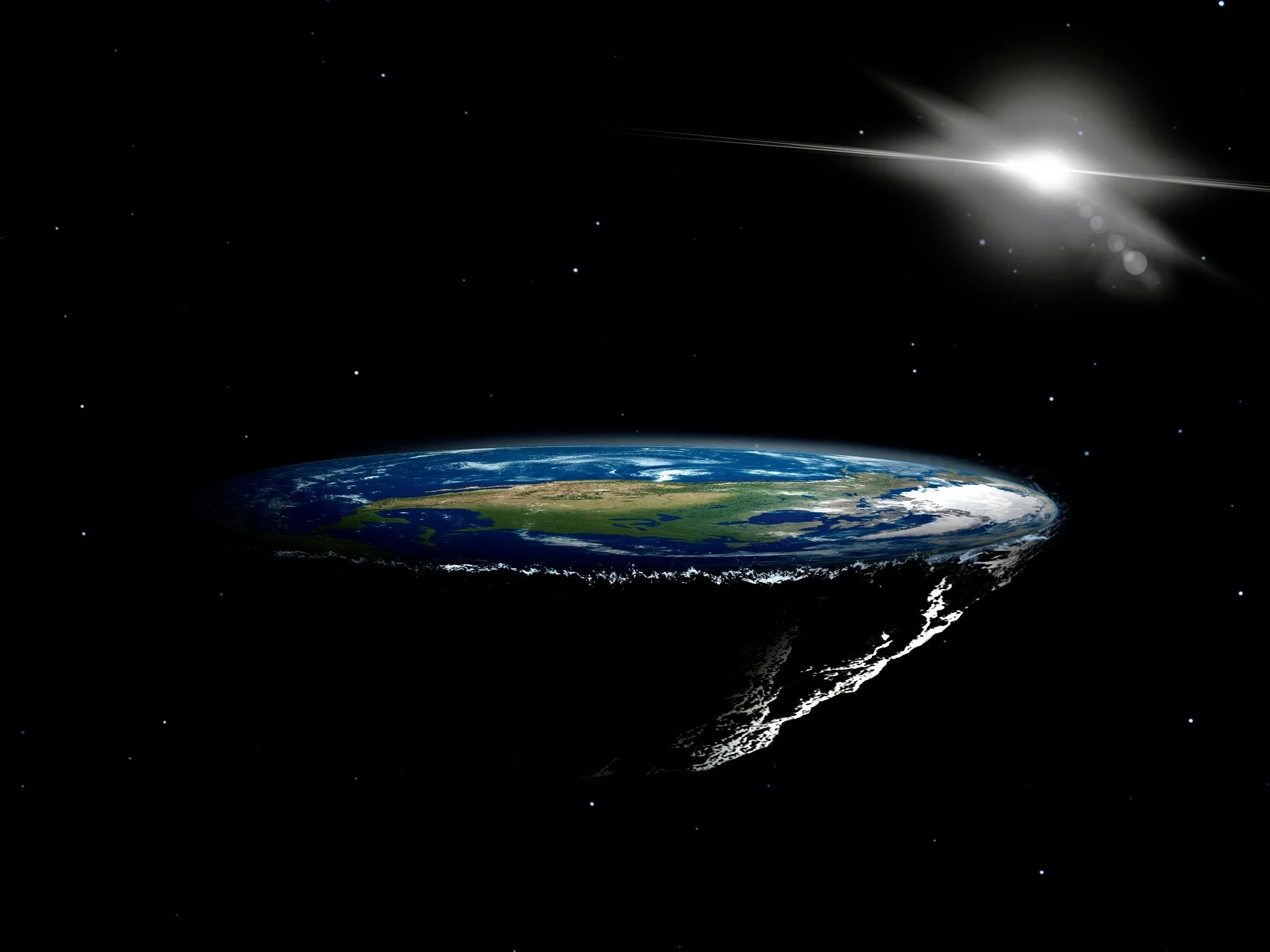Our Amazing Earth - Spherical or Flat?
For a large percentage of the earth’s history, humans believed the earth was flat. For millennia, the theory of a flat earth was derived from information received through the human body’s senses. Explorers, sailors, and people in general believed that one could eventually come to the edge of the world and fall off.
Although it took generations to replace, the flat earth theory began losing traction starting with the scientific advances of the Greek astronomers. From there, the spherical earth theory gained in popularity all the way through today. Most of the world today believes in a spherical earth. However, there is a growing trend where some people are moving back to a belief in a flat earth.
The flat earth theorists, or “flat earthers,” generally believe the earth is disc-shaped, with the Arctic Circle established as the center and Antarctica comprising the outer boundary around the entire earth. Beyond that boundary is space, although the edge cannot be seen due to the refraction of light by atmospheric air. Gravity is not pulling objects down to earth, but is, rather, pushing the earth up to meet objects. Therefore, when an object falls, it is not actually falling, but the earth is coming up to that object. Additionally, the sun is always above the earth, but as it moves over one hemisphere, the other hemisphere is cast in darkness due to the bending of light. The theory has other tenets, too, that won’t be discussed within this article.
Most “spherical earthers” would advance many arguments in opposition to the beliefs of “flat earthers.” Such arguments include space travel “around” the earth, photos from space of a round earth, the setting of the sun, and many more. It must be heavily emphasized that “flat earthers” are not from a particular class of knuckle draggers; they come from all walks of life and all levels of education, including what the civilized world would categorize as “highly educated.” As such, “flat earthers” have theories and explanations for all the arguments against their beliefs and cannot be painted with the broad brush of “buffoons,” as many opponents would like to do.
Regardless of one’s beliefs concerning the shape of the earth, or any subject for that matter, it’s always wise to understand the beliefs of those who think differently. And, who knows, as fickle as science can be, perhaps one day flat earth theory might be en vogue again.

